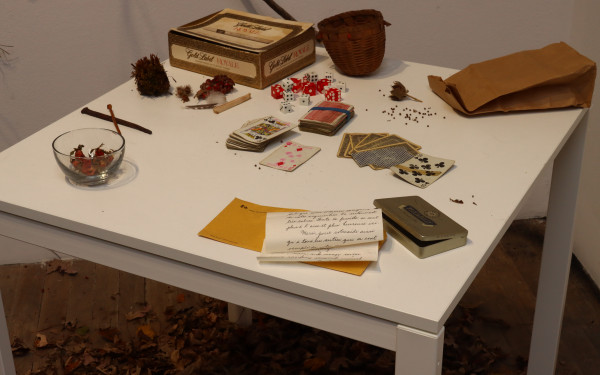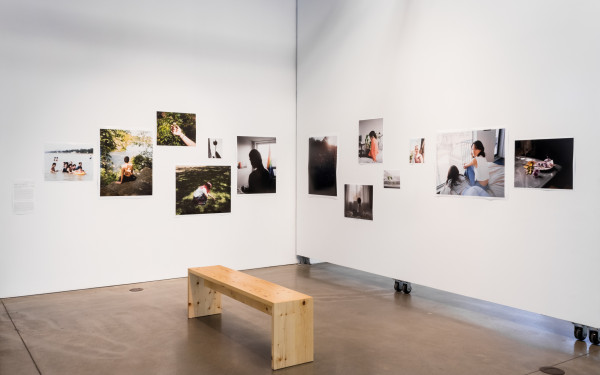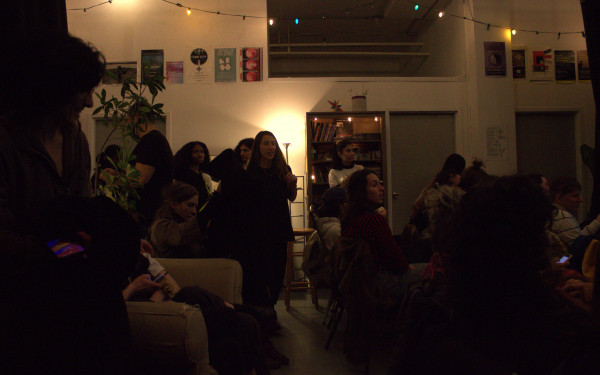Beatriz Santiago Muñoz’s ‘Poetic Disorder’ connects decolonization, the climate crisis and feminism
Concordia’s Leonard & Bina Ellen Art gallery brings art to the intersection of modern day complexities
Poetic Disorder is a deeply layered video exhibition by Puerto-Rican artist Beatriz Santiago Muñoz showcased at Concordia’s Leonard & Bina Ellen Art gallery.
Poetic Disorder is presented by Momenta Biennale, a seven-week event that has been displaying international modern art in Montreal every two years since 1989. Momenta, formerly known as “Le Mois de la photo,” is an art event devoted to image, and forming reflection across contemporary art. This fall is Momenta’s 17th edition, featuring 51 artists from 21 countries in 15 exhibitions throughout the city. The exhibition is in collaboration with the Leonard & Bina Ellen Art gallery.
Stefanie Hessler, a German curator, writer, and editor, is one of the lead curators for this year’s Momenta Biennale. She chose to feature artists who would benefit most from the support, and held an open call for participants in this year's program.
This year, Momenta's theme is "sensing nature" which led curators to Santiago Muñoz. Her work, which ties the climate crisis to colonialism through social and environmental injustice, seemed very fitting.
The exhibition, Poetic Disorder, was given this name because poetry and non-colonial thinking share similar aspects. Hessler explained they both do not follow a simple story line or language. Santiago Muñoz sews many complex themes together through her work and uses film to shed light on the act of caring as resistance.
Read more: Livart Gallery’s ‘Soft House’ invites visitors into the peaceful realm of textile art
Read more: Are NFTs turning a new leaf for the art community
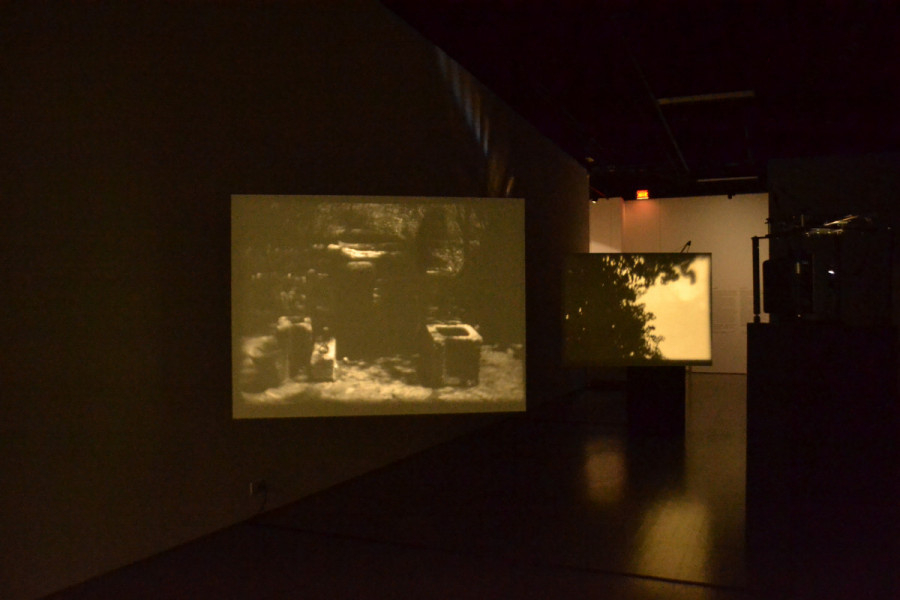
Spirituality is a prominent theme in her featured videos La cabeza mató a todos and Marché Salomon. At the exhibit's entrance, you can find video players displaying: Binaural, a six 16 mm film projection developed with dye made from the extraction of chemicals in local plants. Another featured installation is Goslia, made from 16 mm film and HD video, portraying the aftermath of hurricane Irma and Maria.
The exhibit also showcases an interview between Santiago Muñoz and Puerto Rican author and anthropologist Yarimar Bonilla. Santiago Muñoz mentioned how images of destruction have a complex effect on viewers on the outside. “These images of destruction [...] resembled images of expropriation, or the images that are used in order to say there’s nothing here. There’s no life here, there’s nothing to be seen,” Santiago Muñoz said. “This opens the door for new ideas. A neoliberal vision of the world.” This is the idea that inspired Santigo Muñoz to create Marché Salomon.
“These images of destruction [...] resembled images of expropriation, or the images that are used in order to say there’s nothing here. There’s no life here, there’s nothing to be seen.” — Beatriz Santiago Muñoz
In her work La cabeza mató a todos, Santiago Muñoz filmed and directed a person and a cat casting a spell intended to curse the military. She was inspired by an Indigenous myth about a spell on military power. The video takes place at night as a cat speaks in a person’s voice and, as described by the gallery, “shares instructions for a spell to destroy the war machine.”
“What kind of power relies on a spell? […] It can’t be understood by the westerners, so it actually does have subversive resistance,” Hessler said.
U.S. colonialism is another prevalent theme in Santiago Muñoz's work. Hessler mentioned that Puerto Rico suffers from U.S. colonialism and is not fully an independent country, nor a state of the U.S. This played a large role in why Santiago Muñoz found importance in her anti-colonialist perspective.
Distance was used by the U.S. as an excuse to not help Puerto Rico after hurricanes Irma and Maria, as Hessler explained, but for colonial practices, such as military occupation, the U.S. did not have that excuse.
Poetic Disorder can be found at Concordia’s Leonard & Bina Ellen Art gallery and is available for viewing until Oct. 16.

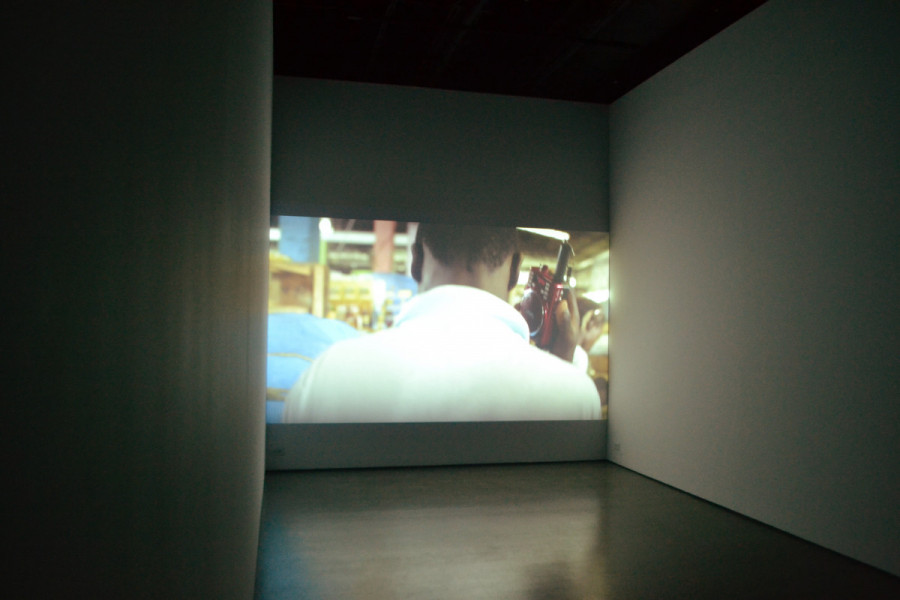
_600_832_s.png)

